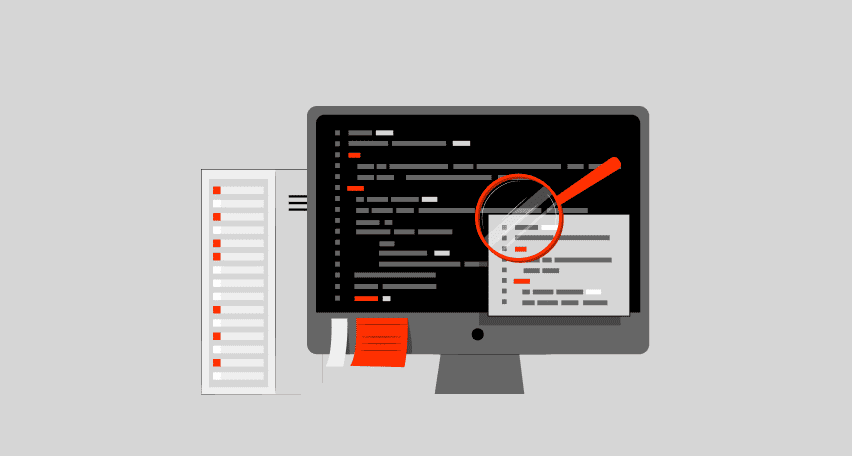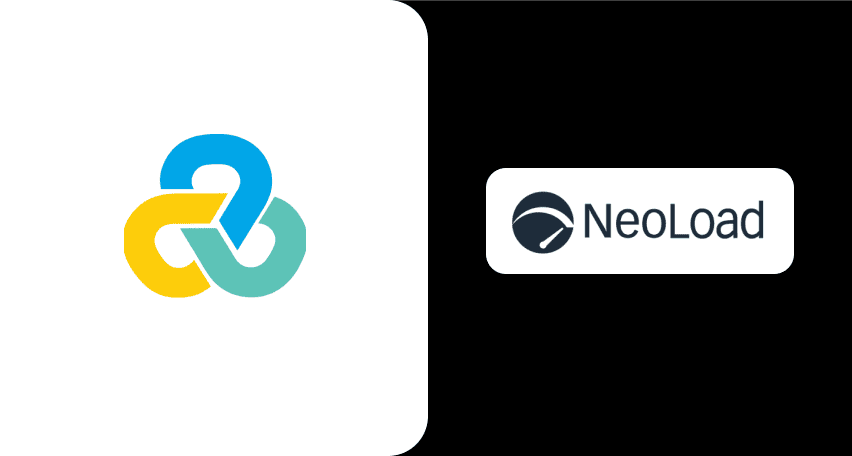
What Is Chaos Engineering: Overview
Chaos engineering is a way to test how complex systems respond to unexpected problems. The idea is simple: introduce controlled failures and watch how the system behaves. This helps uncover weak points before they lead to costly outages. An approach that forces you to think about the unexpected, making it easier to build robust, fault-tolerant […]

Continuous Performance Testing
Continuous performance testing is a proactive approach to validating the speed, stability, and scalability of software throughout the development lifecycle. It ensures that applications remain responsive under different loads, providing a smoother user experience and reducing the risk of performance-related issues in production.In this guide, we’ll look at what continuous performance testing actually involves, why […]

Loadrunner vs. Neoload: Which Tool Is Better?
When evaluating performance testing tools, many teams find themselves comparing LoadRunner vs NeoLoad; two powerful solutions trusted by enterprises worldwide. While there are many application performance testing tools available in the market, these two remain popular choices for enterprise environments. In this article, we’ll walk you through their core features, strengths, and limitations to help […]

K6 vs JMeter: Which Is The Best Tool?
When it comes to performance testing, two of the biggest names, K6 and JMeter, often dominate the discussion. But which one truly fits your testing needs? In this article, we’ll break down K6 vs. JMeter: their features, capabilities, strengths, weaknesses, and critical differences. We’ll also introduce a more advanced alternative, PFLB’s load testing platform, for […]

Are You Wasting Ad Budget on an Unprepared Website?
You’re pouring money into ads — but is your website ready to handle the traffic? This article is for digital businesses that rely on conversions to make every click count. Whether you’re running an eCommerce store, a SaaS platform, a marketplace, or a service-based site with an online funnel — your marketing performance hinges on […]

Bottleneck Testing: A Complete Guide
In software performance testing, bottlenecks are the hidden culprits behind slow response times and system failures. Identifying these performance constraints early is crucial to maintaining seamless application functionality. This guide dives into bottleneck testing, explaining its purpose, benefits, and best practices. You’ll learn how to detect bottlenecks in system performance, use industry-leading bottleneck testing tools, […]

Benchmark Testing: A Complete Overview
Imagine launching a new app or platform, then finding out it slows to a crawl when real users start using it. That’s every developer’s nightmare, and a costly one, too. How do you avoid it? By making sure your system can handle the pressure before it goes live. That’s exactly what benchmark testing helps you […]

JMeter vs. Locust: Which One To Choose ?
Choosing between JMeter and Locust can feel like picking between two complex frameworks with distinct strengths. Both are popular for performance and load testing — but they come with steep learning curves, scripting needs, and manual configurations. Many organizations are turning to modern performance testing services to avoid the hassle of managing these tools directly. […]

Top 10 LoadRunner Alternatives Overview
When it comes to performance testing, LoadRunner is a familiar name — but it’s far from the only option. In this article, we’ll walk you through the best LoadRunner alternatives available today. If you’re scaling a new application, testing in an enterprise environment, or simply looking for more flexibility, read on to discover the load […]

Gatling vs. JMeter: What Tool to Use?
Imagine launching a new product, only to have your website crash the moment traffic spikes. Or rolling out an update, confident in its stability — until real users start complaining about slow response times and timeouts. Performance issues can make or break an application, and that’s why performance testing is non-negotiable. Many development teams are […]